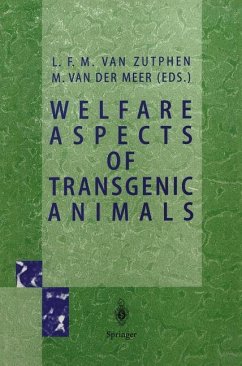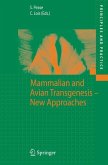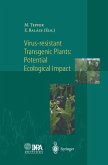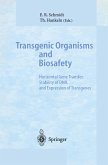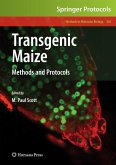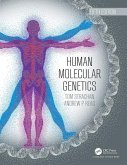v Preface The quality of animal models used in biomedical research has increased substantially since the first successful microinjection of foreign DNA frag ments into a mouse zygote in the early 1980s. New well-defined animal models, developed either by micro injection techniques or by homologous recombination in embryonic stem (ES) cells, have become widely available and several classical animal models have now been replaced by these transgenic models. Transgenic animals also fulfill increasingly important roles in other fields, like livestock production or in biopharming. The potential benefits of this technology are overwhelming. It is not surprising that many research groups have rushed to jump on this wagon of scientific progress. However, no matter how important these developments are, they can not relieve us of the moral obligations towards the animals. It is generally recognized that animal use is allowed only if the harmful effects are out weighed by the potential benefits of the experimental results. But what are the harmful effects? What is the impact of trans genesis on the well-being of animals? In order to gain more insight into this aspect of trans genesis the European Commission (DGXII) has funded a 12-month project with the aim of col lecting information on the production and use of transgenic animals in EU Member States and, more specifically, to obtain information as to what extent specific welfare problems may arise and whether or not studies are being performed on the incidence of welfare problems.

